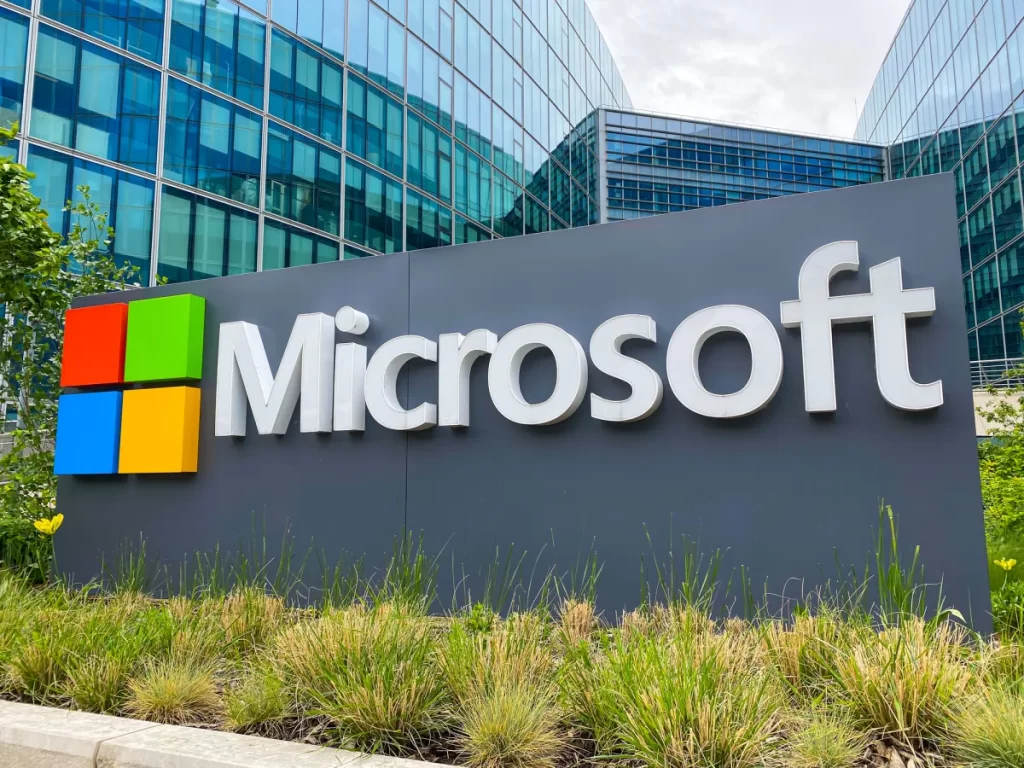Last Updated on September 24, 2024
Microsoft’s latest progress report outlines measures the company has implemented to thwart hackers from stealing credentials and accessing networks.
Microsoft Enhances Security with New Identity Verification Tools
Microsoft is ramping up its security measures to protect user credentials and prevent unauthorized access. The tech giant has introduced innovative solutions to tackle increasing cyber threats.
Video-Based User Verification Rollout
Microsoft has rolled out video-based user verification for over 95% of its customers. This move aims to combat techniques like password spraying, phishing, and token theft. According to the September 2024 progress report on its Secure Future Initiative (SFI), Microsoft emphasizes that attackers often exploit vulnerabilities in authentication protocols to navigate networks undetected.
Automatic Token Key Rotation
To bolster security further, Microsoft plans to implement automatic rotation of token signing keys. This will occur without human intervention, reducing the risk of mishandling. Token signing keys authenticate various user information, including access permissions and session data.
New Features in Microsoft Purview
In an effort to protect sensitive data, Microsoft has enhanced its Purview features. These improvements help prevent attackers from extracting valuable information like passwords and tokens that could be reused in future attacks. Additionally, proprietary data has been added to security tokens to thwart attempts at forgery.
Reducing the Attack Surface
To minimize vulnerabilities, Microsoft has removed over 730,000 unused applications and deactivated 5.75 million inactive tenants. This initiative aims to enforce stricter device security compliance standards, impacting access for more than 75,000 users.
Face Check: Real-Time Identity Verification
Microsoft has also launched Face Check, a facial recognition feature that utilizes the Azure AI Vision Face API. This system verifies employee identities through real-time selfies, matching them against verified photos stored on Microsoft’s servers.
How Face Check Works
Face Check allows users to confirm their identities by comparing live selfie footage with stored images, such as passport photos or driver’s licenses. Microsoft assures that the selfie footage is not stored after verification attempts.
Confidence Levels for Verification
Organizations can adjust the confidence level required for successful logins. The default setting is a 50% match, equating to a one in 100,000 chance of a false positive. Higher thresholds increase accuracy but may also reject legitimate logins more frequently.
Availability and Pricing
Face Check is available as a standalone service for 25 cents per verification or through a subscription to the Entra Suite at $12 per user monthly.
Conclusion
Microsoft is taking significant steps to enhance security protocols and user verification methods. By integrating video verification and advanced facial recognition technology, the company aims to protect against the evolving landscape of cyber threats.

